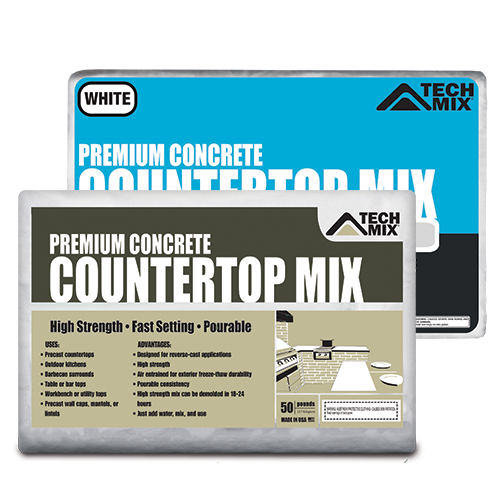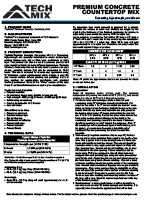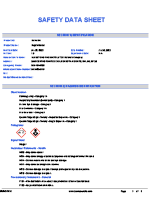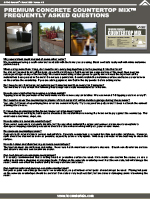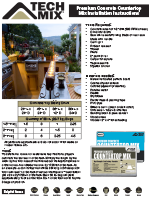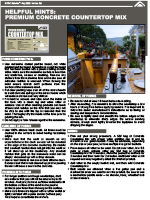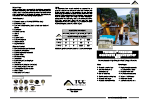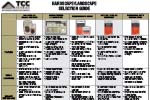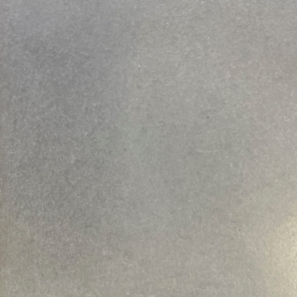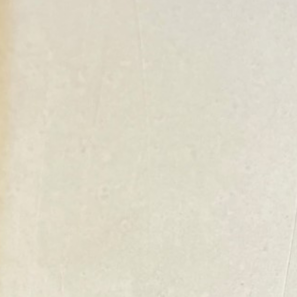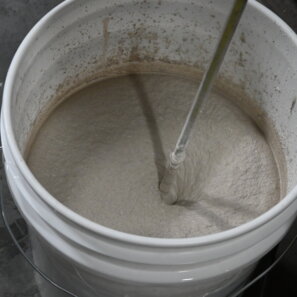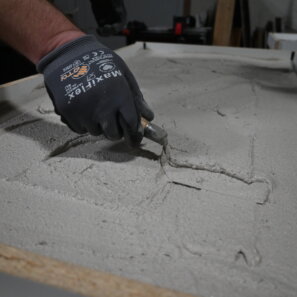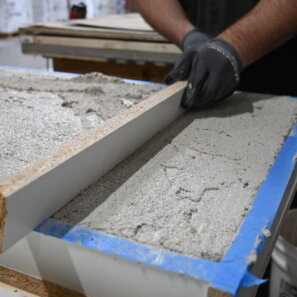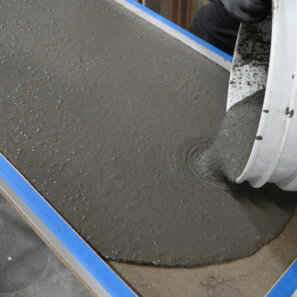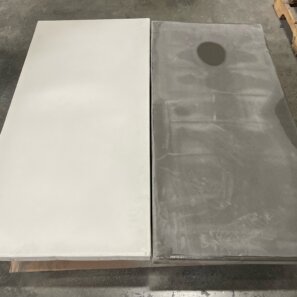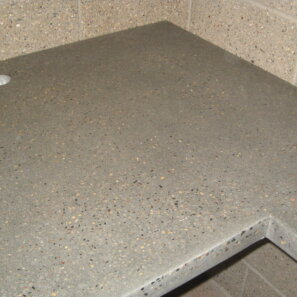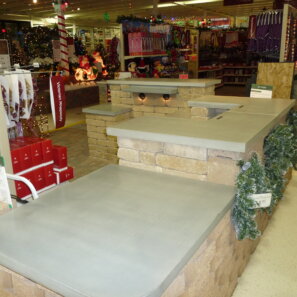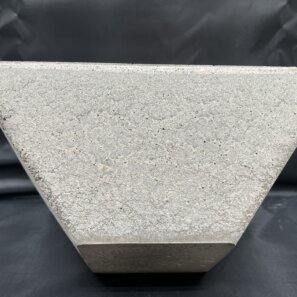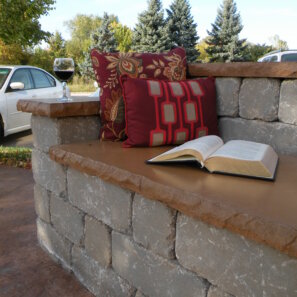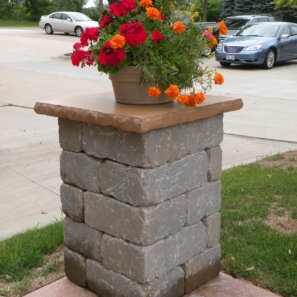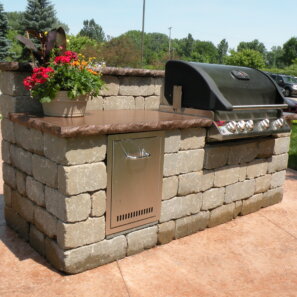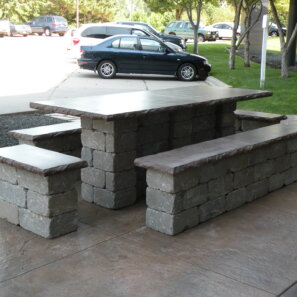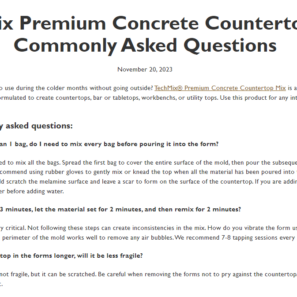TechMix® Premium Concrete Countertop Mix is a fast-setting, high-strength mix specially formulated to create countertops, outdoor kitchen tops, bar or table tops, workbench or utility tops. This product can also be used to produce precast wall caps, mantel or lintels for many different applications. Premium Concrete Countertop Mix needs only water to produce an easy-to-use, pourable mixture that can be de-molded in 18-24 hours. Available in a 50 lb. bag in gray (BOM #103434) or white (BOM #104082).
| BOM | UNIT SIZE | UNIT WEIGHT | PACK QUANTITY | PACK WEIGHT | PACK TYPE |
|---|---|---|---|---|---|
| 103434 | 50 lb. bag | 50 lb. | 64 | 3200 lb. | Pallet |
| 104082 | 50 lb. bag | 50 lb. | 64 | 3200 lb. | Pallet |

